Home>Garden Essentials>When To Transplant Ground Cover
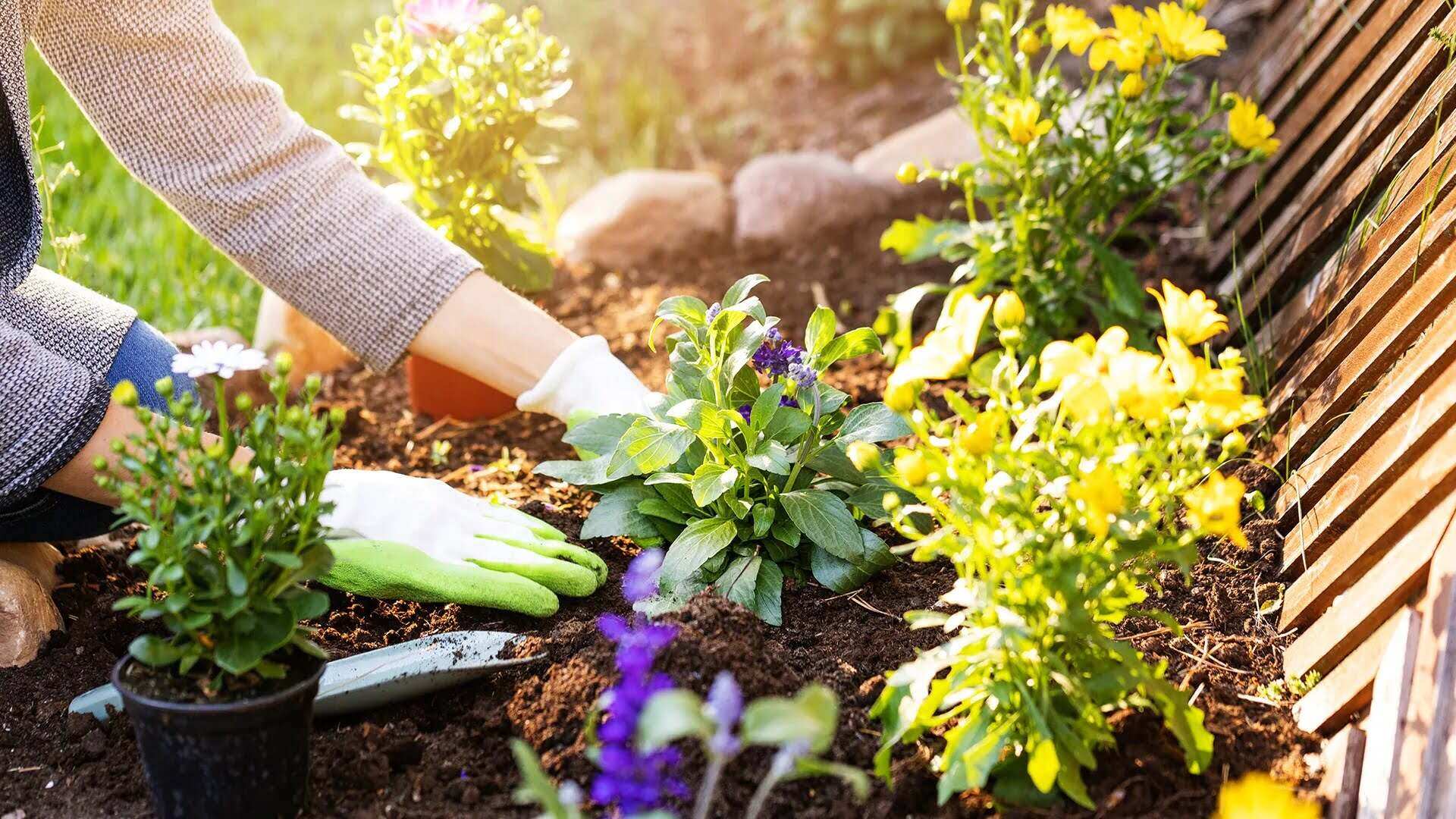

Garden Essentials
When To Transplant Ground Cover
Modified: March 7, 2024
Learn when to transplant ground cover in your garden for optimal growth and beauty. Expert advice for successful garden transplantation.
(Many of the links in this article redirect to a specific reviewed product. Your purchase of these products through affiliate links helps to generate commission for Storables.com, at no extra cost. Learn more)
Introduction
Ground cover plants can be a beautiful and practical addition to any garden or landscape. They not only add visual interest and texture but also help to suppress weeds and retain moisture in the soil. However, there may come a time when you need to transplant your ground cover to a different area of your garden or even to a new home. Knowing when and how to transplant your ground cover is crucial to ensure its successful establishment and continued growth.
Transplanting ground cover may become necessary for a variety of reasons. You may want to create a more cohesive design in your garden, or perhaps the current location of your ground cover no longer provides the ideal growing conditions. Whatever the reason may be, understanding the factors to consider, signs that transplanting is necessary, and the best time to carry out the transplanting process is essential for a successful transition.
Before diving into the details of when and how to transplant ground cover, it’s important to assess the health and vigor of the plants. Make sure they are free from diseases, pests, or any other issues that may hinder their ability to establish themselves in a new location.
In the following sections, we will explore these factors in more detail, helping you to make an informed decision about when to transplant your ground cover and providing step-by-step instructions on how to do it effectively.
Key Takeaways:
- Timing is crucial when transplanting ground cover. Choose early spring or fall for minimal stress on the plants and optimal root development.
- Proper aftercare and maintenance are essential for transplanted ground cover. Regular watering, mulching, pruning, and monitoring ensure healthy growth and longevity.
Read more: How To Transplant Periwinkle Ground Cover
Factors to Consider
Before deciding to transplant your ground cover, there are several important factors that you should take into consideration:
- Health and Vigor: It’s crucial to assess the overall health and vigor of your ground cover plants. If the plants are weak, diseased, or struggling to survive, it may not be the right time to transplant them. It’s best to focus on improving their health before considering a move.
- Growing Conditions: Different ground cover plants have specific growing requirements. Consider the sun exposure, soil type, drainage, and moisture levels in both the current and proposed transplant locations. Make sure the new location can provide the necessary conditions for the specific type of ground cover you are dealing with.
- Space and Design: Evaluate the current spacing and design of your garden. If the ground cover is overcrowded or doesn’t fit into the desired design scheme, transplanting may be necessary to create a more aesthetically pleasing and balanced landscape.
- Timing: Timing is crucial when it comes to transplanting ground cover. It’s important to choose a time of year when the plants are in their dormant or less active growth phase. This minimizes stress on the plants and increases their chances of successful establishment.
- Transplanting Accessibility: Consider the accessibility of the current and proposed transplant locations. If the ground cover is currently difficult to access for maintenance or poses a risk to other plants, transplanting to a more suitable location may be necessary.
- Future Plans: Consider your long-term plans for your garden. If you foresee changes or renovations, it may be better to transplant the ground cover now rather than waiting for potential disruptions later on.
By carefully evaluating these factors, you will be able to determine whether transplanting your ground cover is the right course of action and make a well-informed decision about when and how to proceed.
Signs that Transplanting is Necessary
There are several signs that indicate it may be time to transplant your ground cover plants. These signs can vary depending on the specific type of ground cover you are dealing with, but here are some common indications that transplanting is necessary:
- Overcrowding: If the ground cover plants have become overcrowded and are competing for resources such as sunlight, water, and nutrients, it may be necessary to transplant some of them to alleviate the density and allow for healthier growth.
- Poor Growth or Decline: If you notice that your ground cover plants are not thriving as they used to or are experiencing stunted growth, yellowing foliage, or dieback, it could be a sign that they have outgrown their current location or the growing conditions are no longer suitable. Transplanting them to a more favorable environment can help rejuvenate their growth.
- Uneven Spread: If the ground cover plants have spread unevenly or have gaps in their coverage, transplanting can help fill in those areas and create a more consistent and cohesive ground cover throughout your garden.
- Invasive Growth: Some ground cover plants, while attractive in their own right, can be invasive and start to encroach upon other desirable plants or areas of your garden. In such cases, transplantation can help contain their growth and prevent them from becoming a nuisance.
- Change in Garden Design: If you are redesigning your garden or making changes to the overall landscape, it may be necessary to transplant the ground cover to create a new and improved layout that aligns with your vision.
Observing these signs and recognizing when your ground cover plants are no longer thriving in their current location will help you make an informed decision to transplant them and ensure their long-term health and vitality.
Best Time to Transplant Ground Cover
Choosing the right time to transplant your ground cover is crucial for its success in establishing itself in a new location. Generally, the best time to transplant ground cover is during the plant’s dormant or less active growth phase. This minimizes stress on the plants and allows them to focus on root development and adaptation to their new environment.
For most ground cover plants, the ideal time to transplant is in early spring or fall. These seasons provide cooler temperatures and ample moisture, which are favorable conditions for root establishment. However, the exact timing may vary depending on the specific type of ground cover you are working with. Here are some guidelines to help you determine the best time for transplanting different types of ground cover:
- Evergreen Ground Cover: If you have evergreen ground cover plants, transplanting them in early spring, just before new growth emerges, is generally recommended. This allows the plants to establish their roots before the onset of hot summer temperatures.
- Deciduous Ground Cover: Deciduous ground cover plants, which lose their foliage during the winter, are best transplanted in the fall when they are entering their dormant phase. Transplanting before the ground freezes allows them to settle in and establish roots before winter dormancy.
- Semi-Evergreen Ground Cover: For semi-evergreen ground cover plants, which retain some foliage through winter but may shed older leaves, transplanting in early spring or early fall is generally suitable. Aim for a period when the plants are less actively growing.
It’s important to note that extreme weather conditions, such as heatwaves or freezing temperatures, can increase the stress on transplanted ground cover plants. Therefore, it’s best to avoid transplanting during these periods and instead choose a time when the weather is relatively mild and stable.
Before transplanting, ensure that the soil in both the current and new locations is well-prepared and adequately watered. This will help ease the transplant shock and facilitate the plants’ acclimatization to their new surroundings.
By transplanting your ground cover plants during the optimal time, you give them the best chance for successful establishment and continued growth in their new location.
Transplant ground cover in early spring or fall when the weather is mild. Water the plants well before and after transplanting to help them establish in their new location.
Steps for Transplanting Ground Cover
Transplanting ground cover can be a straightforward process if done properly. Follow these steps to ensure a successful transplant:
- Prepare the New Location: Before transplanting, prepare the new location by clearing any weeds or existing plants. Loosen the soil to create a welcoming environment for the ground cover. Amend the soil if necessary to improve drainage or provide additional nutrients.
- Water the Ground Cover: Thoroughly water the ground cover plants in their current location a day or two before the transplant. This will ensure that the plants are well-hydrated and help reduce stress during the transplantation process.
- Trim Back the Ground Cover: To minimize stress on the plants, trim back the ground cover by removing any dead or damaged foliage. This will also make the plants more manageable during transplantation.
- Carefully Dig up the Plants: Using a garden fork or shovel, carefully dig around the outer root zone of the ground cover plants. Lift the plants out of the ground, taking care not to damage the roots.
- Prepare the Transplant Hole: Dig a hole in the new location of the same size and depth as the root ball of the ground cover plant. This will ensure that the plants have enough space to spread their roots and establish themselves in the new soil.
- Transplant the Ground Cover: Gently place the ground cover plant into the transplant hole, making sure that it sits at the same depth as it did in its original location. Backfill the hole with soil, firming it gently around the roots to eliminate any air pockets.
- Water and Mulch: After transplanting, thoroughly water the ground cover to settle the soil and provide hydration to the roots. Apply a layer of organic mulch around the plants to help retain moisture and suppress weed growth.
- Monitor and Provide Care: Keep a close eye on the transplanted ground cover and ensure that it receives adequate moisture during the initial weeks. Provide regular watering as needed and monitor for signs of stress or any issues that may arise.
- Regular Maintenance: Once the ground cover has established itself in its new location, maintain regular care and maintenance. Prune and trim as needed to promote healthy growth and remove any dead or diseased foliage.
Following these steps will help minimize stress on the ground cover plants and increase their chances of successful transplantation. Remember to be patient and allow time for the plants to adjust and settle into their new surroundings.
Read more: When To Transplant Monkey Grass
Aftercare and Maintenance
After transplanting your ground cover, it’s important to provide proper aftercare and ongoing maintenance to ensure its healthy growth and longevity. Here are some essential tips for aftercare and maintenance:
- Watering: Adequate watering is crucial during the establishment period after transplanting. Keep the soil consistently moist but not waterlogged. Monitor the soil moisture levels regularly and adjust watering accordingly based on the specific needs of your ground cover and the prevailing weather conditions.
- Mulching: Apply a layer of organic mulch around the transplanted ground cover plants. Mulch helps retain moisture in the soil, suppresses weed growth, and moderates soil temperatures. Keep the mulch a few inches away from the base of the plants to prevent moisture-related issues.
- Pruning and Trimming: Regularly trim and prune the ground cover plants as needed to maintain their desired shape, promote new growth, and remove any dead, damaged, or diseased foliage. Avoid cutting back more than one-third of the plant at a time, as this can stress the plants.
- Weed Control: Keep the area around the transplanted ground cover free from weeds. Weeds can compete with the newly transplanted plants for nutrients and water. Regularly inspect the area and remove any weeds by hand or use an appropriate weed control method.
- Fertilizing: Evaluate the nutrient needs of your ground cover and provide fertilization if necessary. Use a balanced slow-release fertilizer or a specific fertilizer formulation recommended for the type of ground cover you have. Follow the manufacturer’s instructions and avoid over-fertilizing, as this can lead to excessive foliage growth at the expense of root development.
- Pest and Disease Management: Regularly inspect the transplanted ground cover for signs of pests or diseases. Be proactive in pest management by practicing good garden hygiene, promoting healthy plant growth, and using appropriate pest control methods if necessary.
- Monitoring and Adjusting: Continuously monitor the health and performance of the transplanted ground cover. Watch for any signs of stress, poor growth, or decline, and take appropriate action to address the underlying issues. This may include adjusting watering schedules, providing additional care, or seeking professional advice if needed.
By providing proper aftercare and maintenance, you will help your transplanted ground cover plants adapt and thrive in their new location. Remember that different types of ground cover may have specific care requirements, so always refer to plant-specific guidelines for the best results.
Conclusion
Transplanting ground cover plants can be a rewarding endeavor that allows you to create a more cohesive garden design, address growing issues, or accommodate changes in your landscape. By considering the factors involved, recognizing the signs that indicate the need for transplantation, and selecting the best time to carry out the process, you can set the stage for a successful transition.
Following the proper steps for transplanting, providing essential aftercare and maintenance, and monitoring the health and growth of your transplanted ground cover plants will ensure their long-term success. Remember to be patient, as it may take some time for the plants to establish themselves and fully adapt to their new location.
As with any gardening project, it’s essential to tailor your approach to the specific type of ground cover you are working with. Different ground cover plants have unique care requirements, so it’s important to research and follow plant-specific guidelines for optimal results.
Transplanting ground cover can be an exciting opportunity to revitalize your landscape and achieve the desired aesthetic and functional benefits. By understanding the process, planning ahead, and providing the necessary care, you can enjoy the beauty and benefits of a flourishing ground cover in its new home.
Remember to indulge your green thumb and enjoy the journey of nurturing and growing your garden, as each transplanted ground cover plant adds its own unique charm and character to the overall landscape.
Frequently Asked Questions about When To Transplant Ground Cover
Was this page helpful?
At Storables.com, we guarantee accurate and reliable information. Our content, validated by Expert Board Contributors, is crafted following stringent Editorial Policies. We're committed to providing you with well-researched, expert-backed insights for all your informational needs.
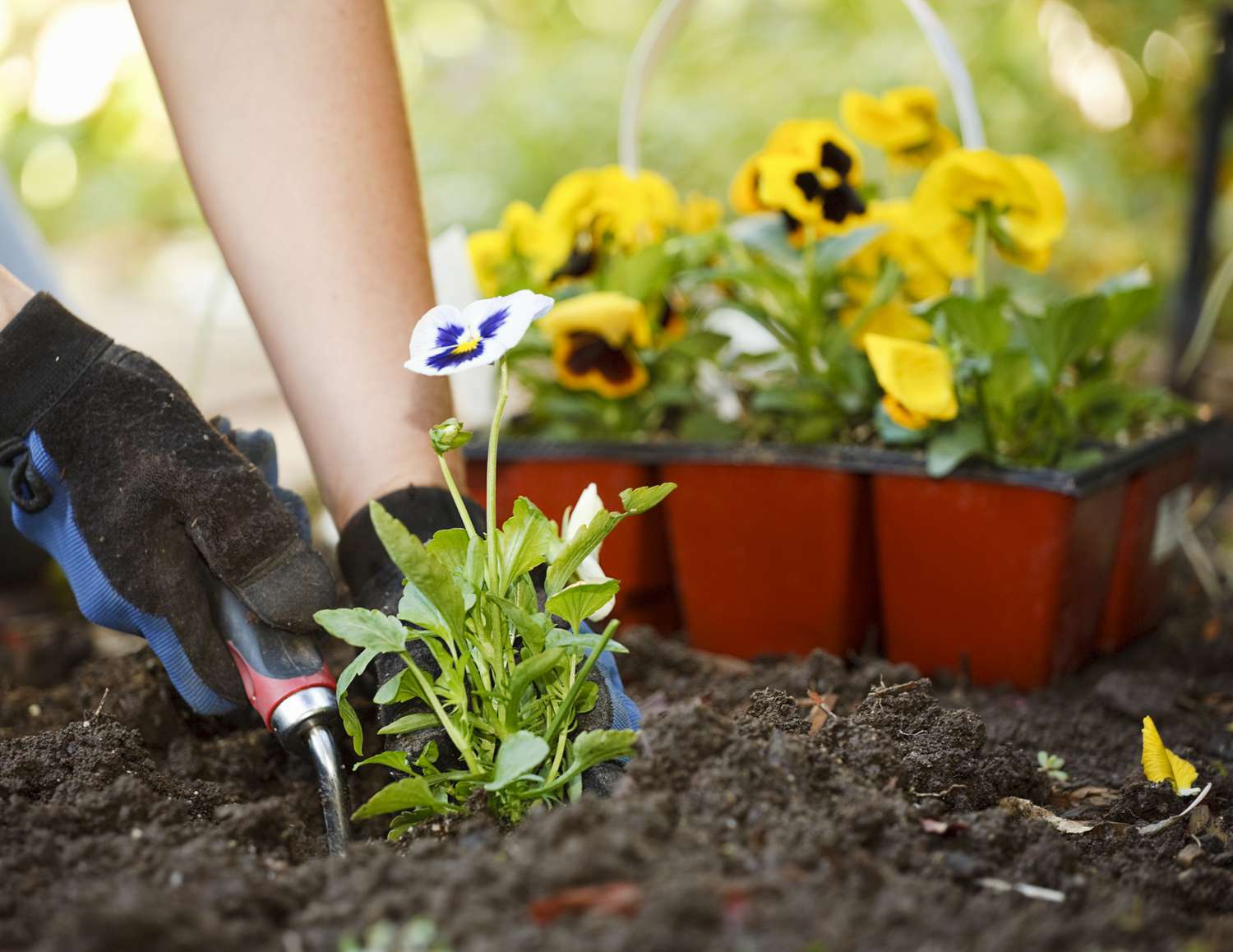
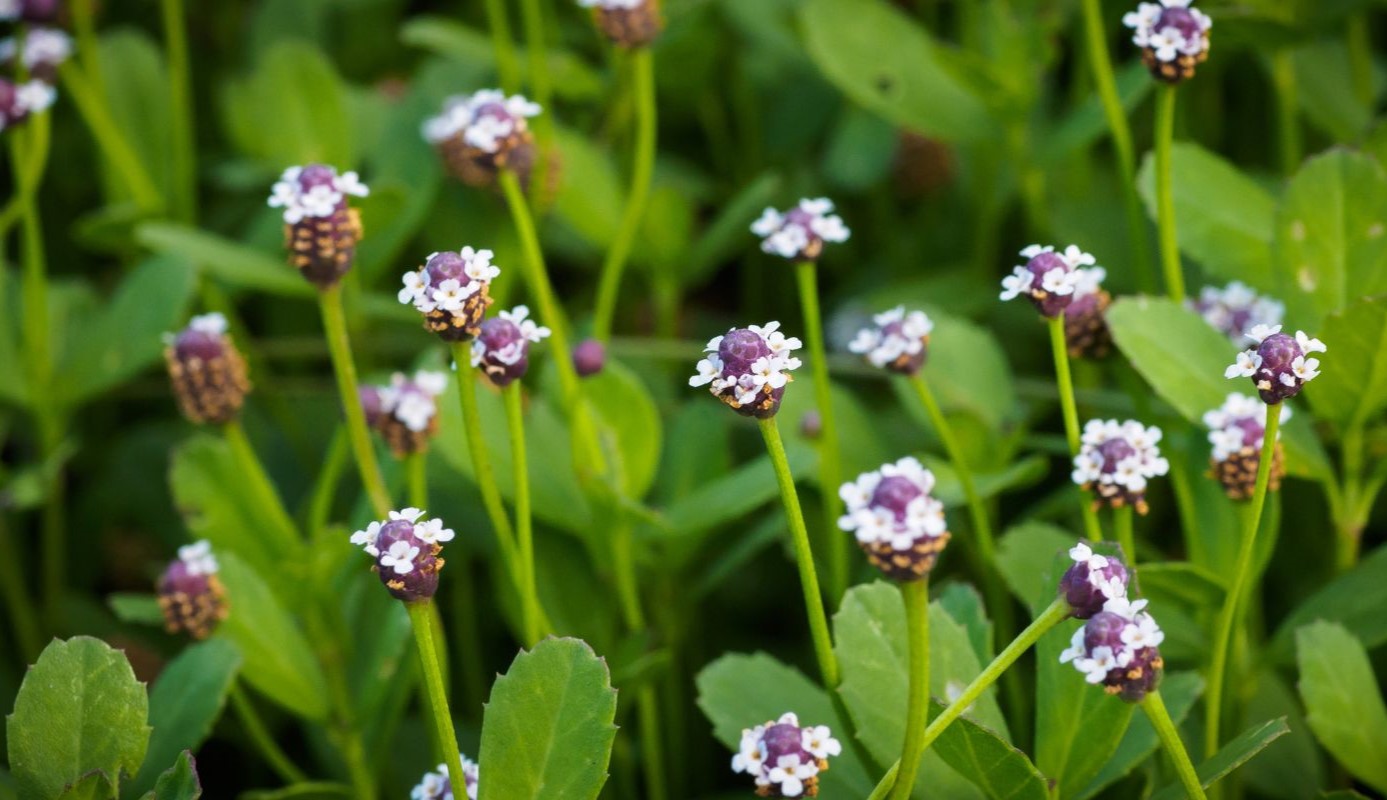
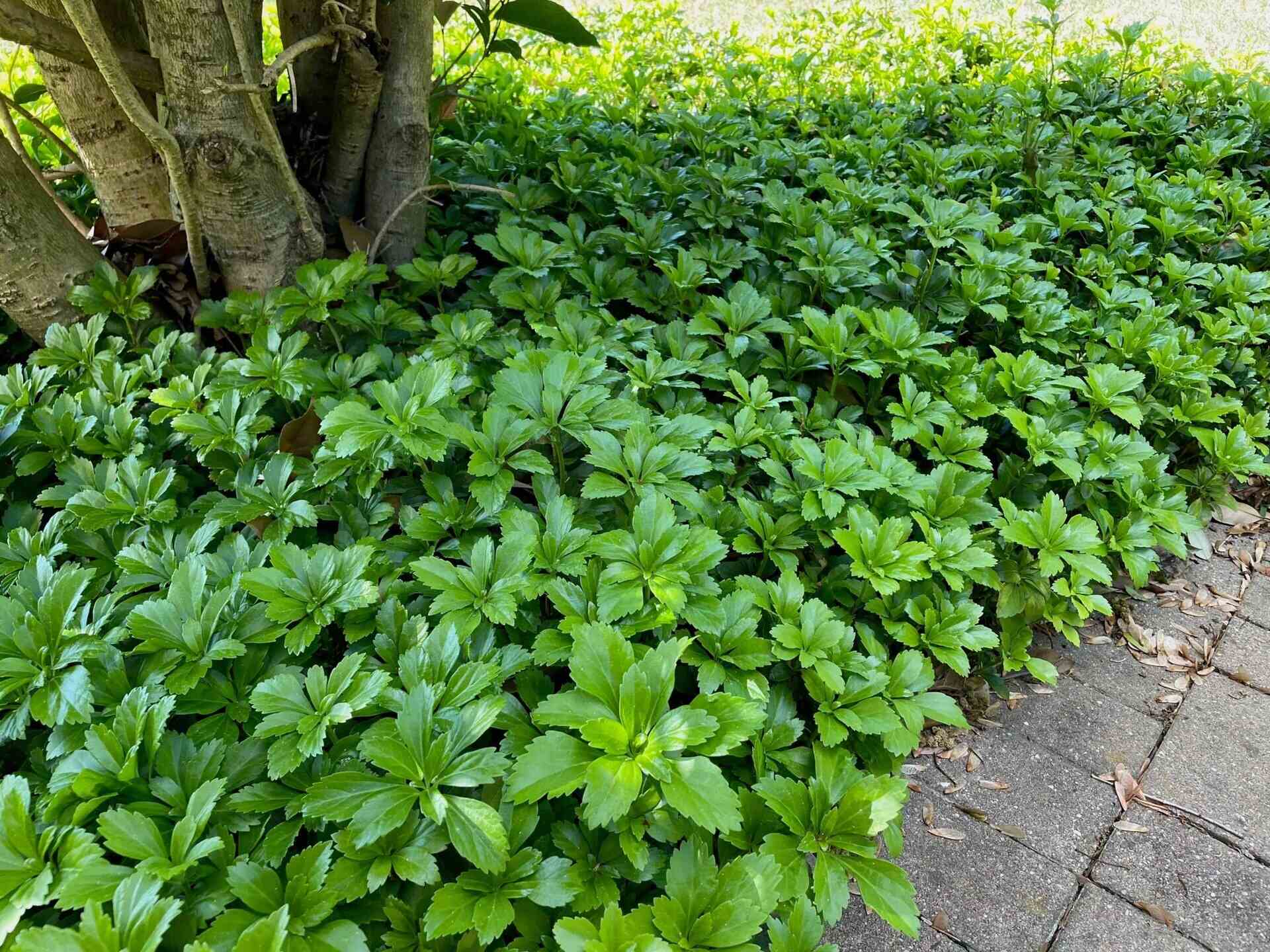




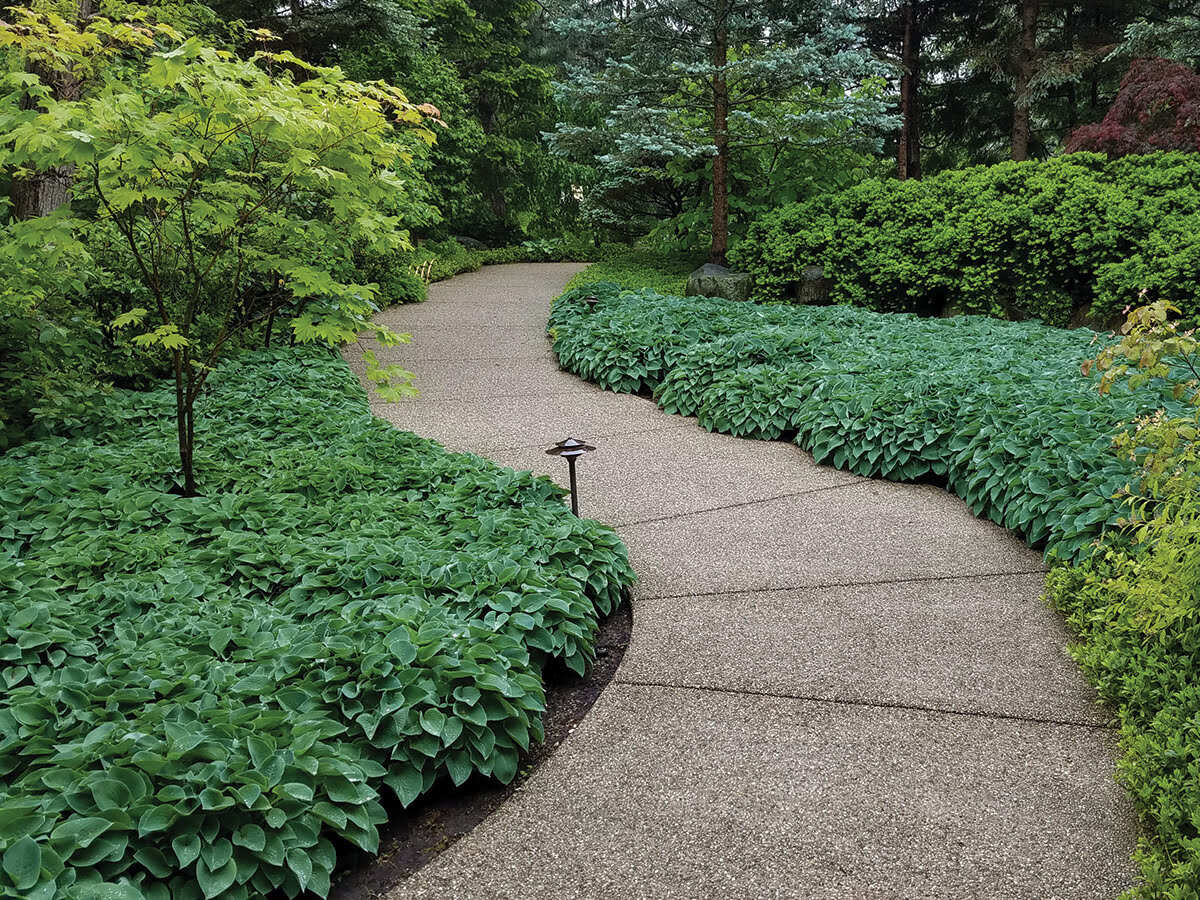

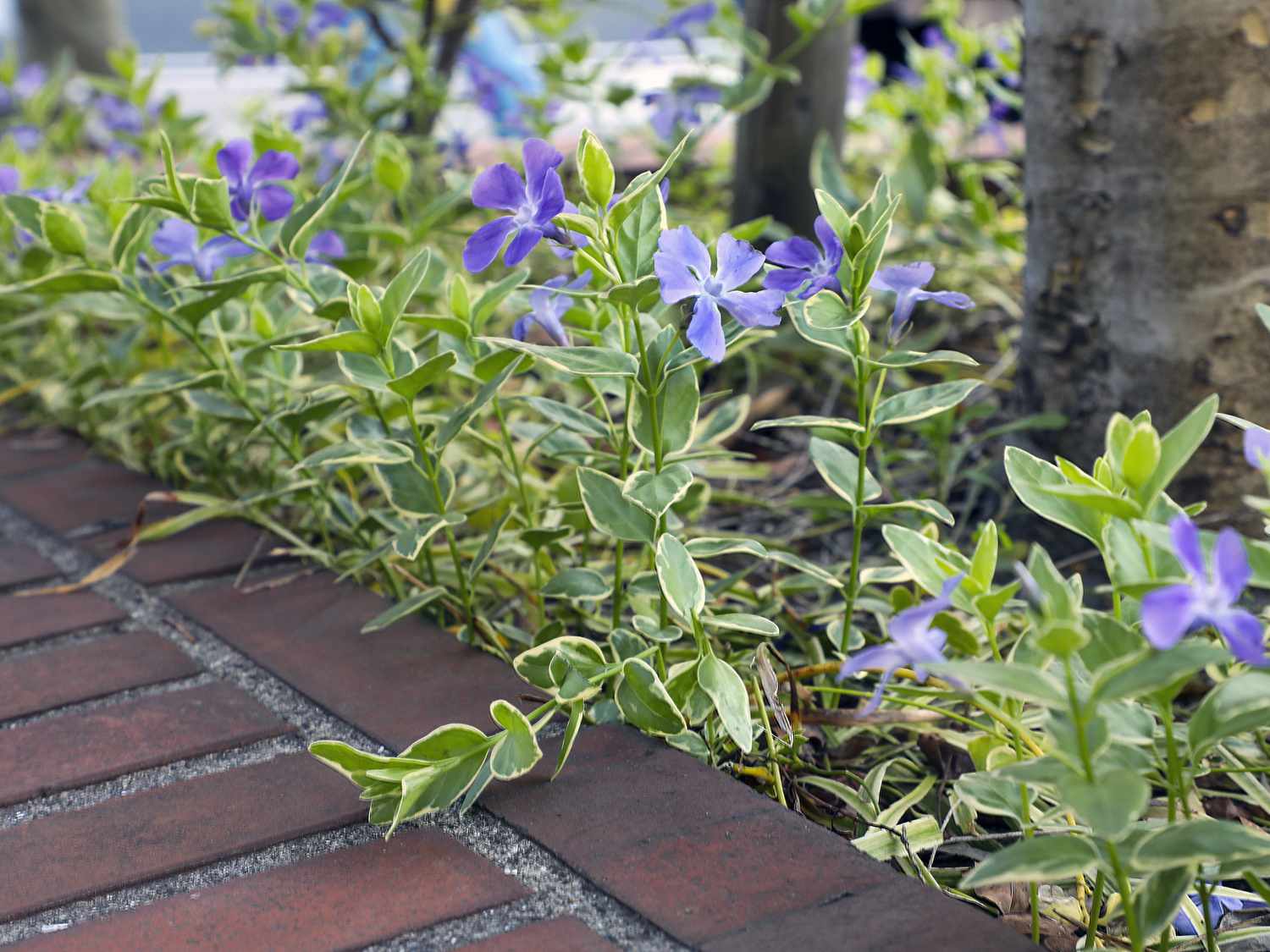
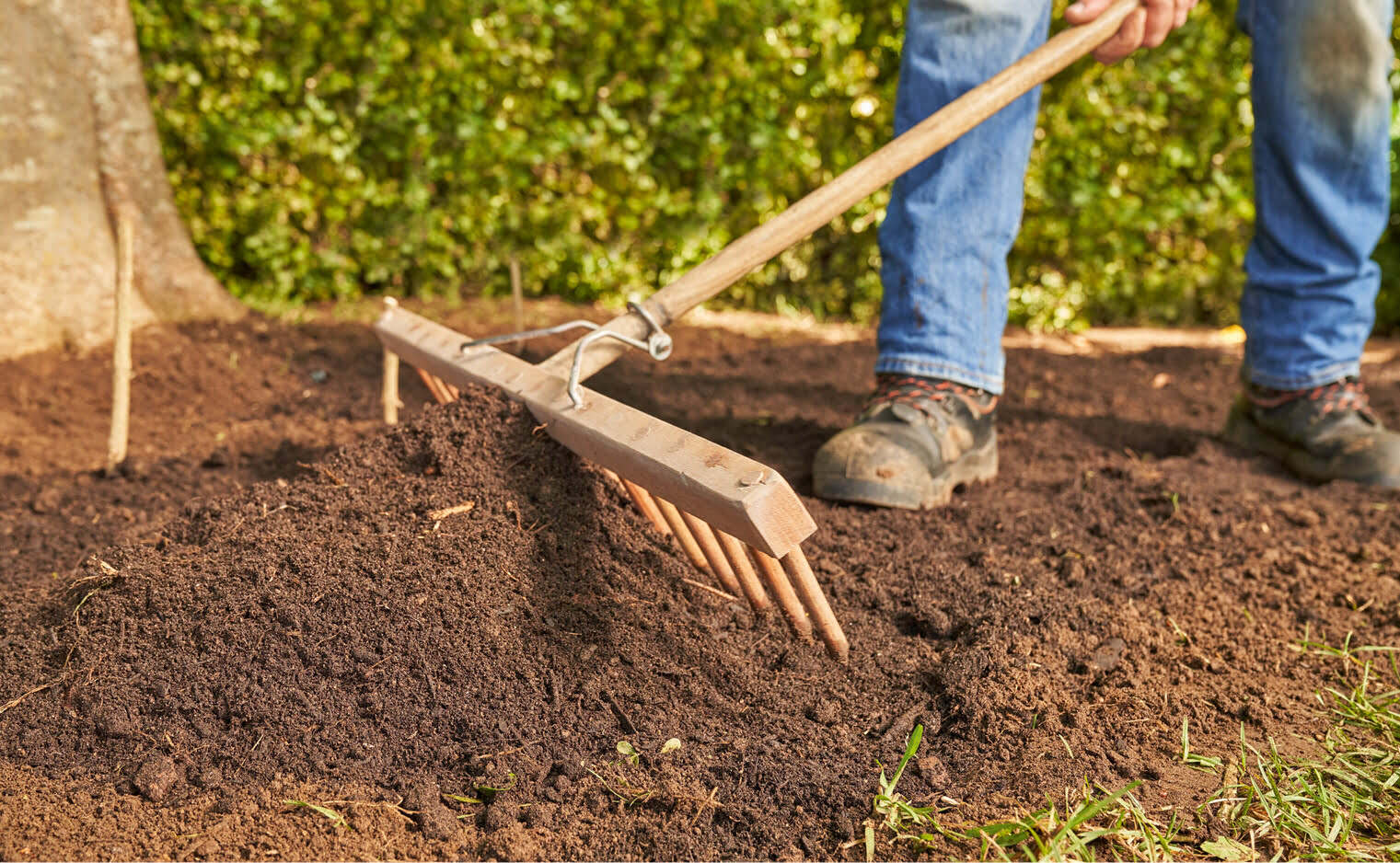
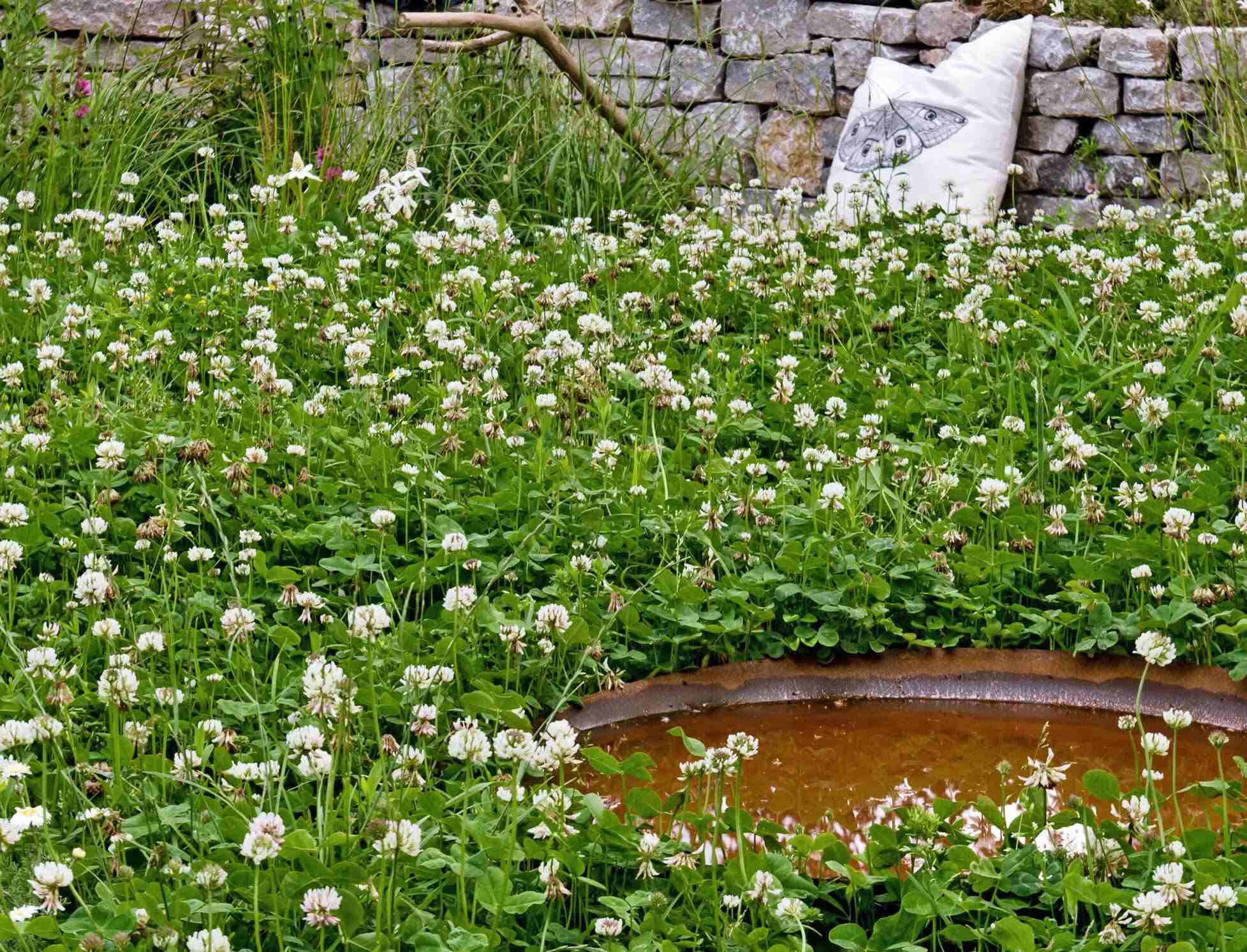
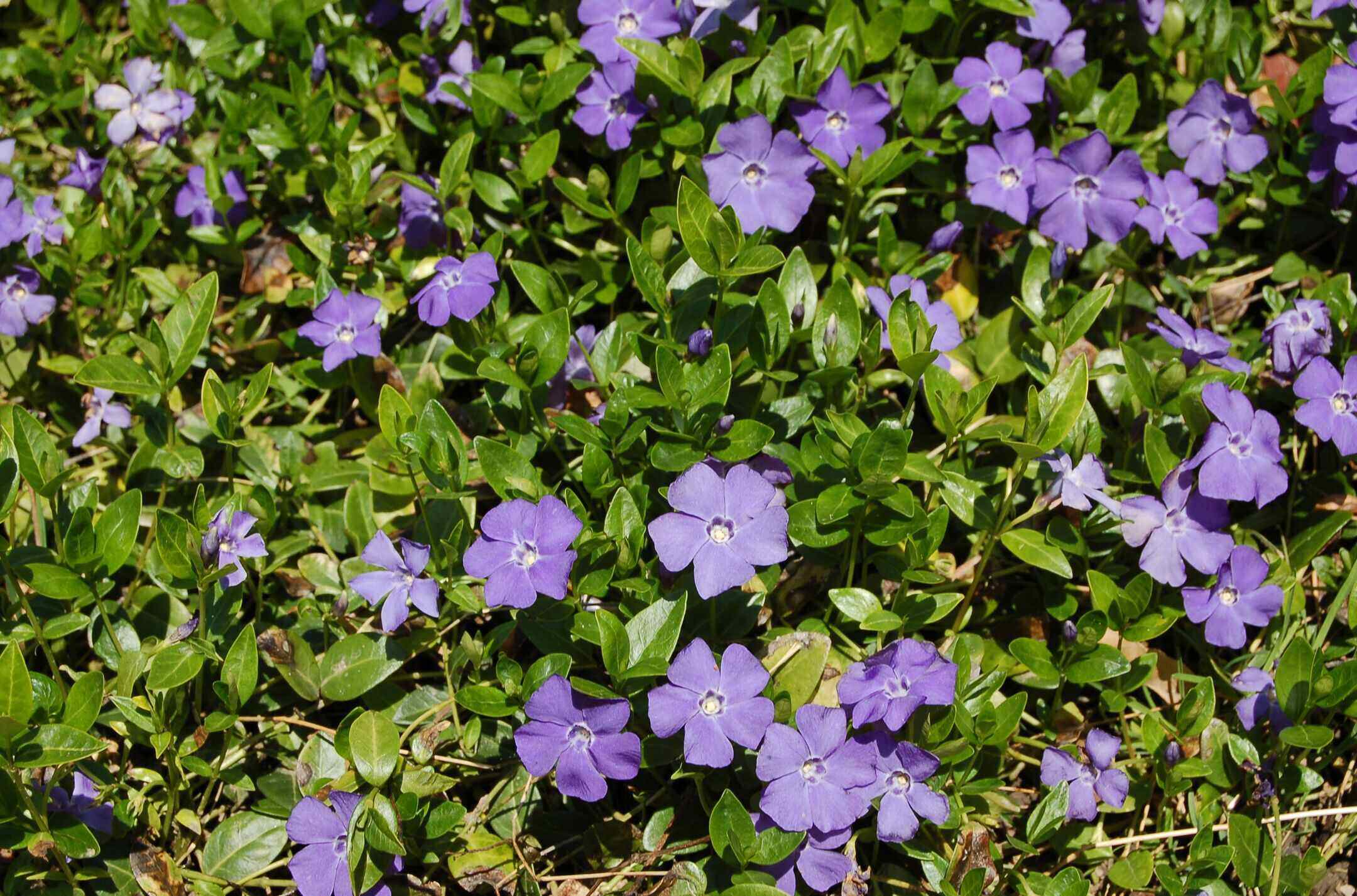
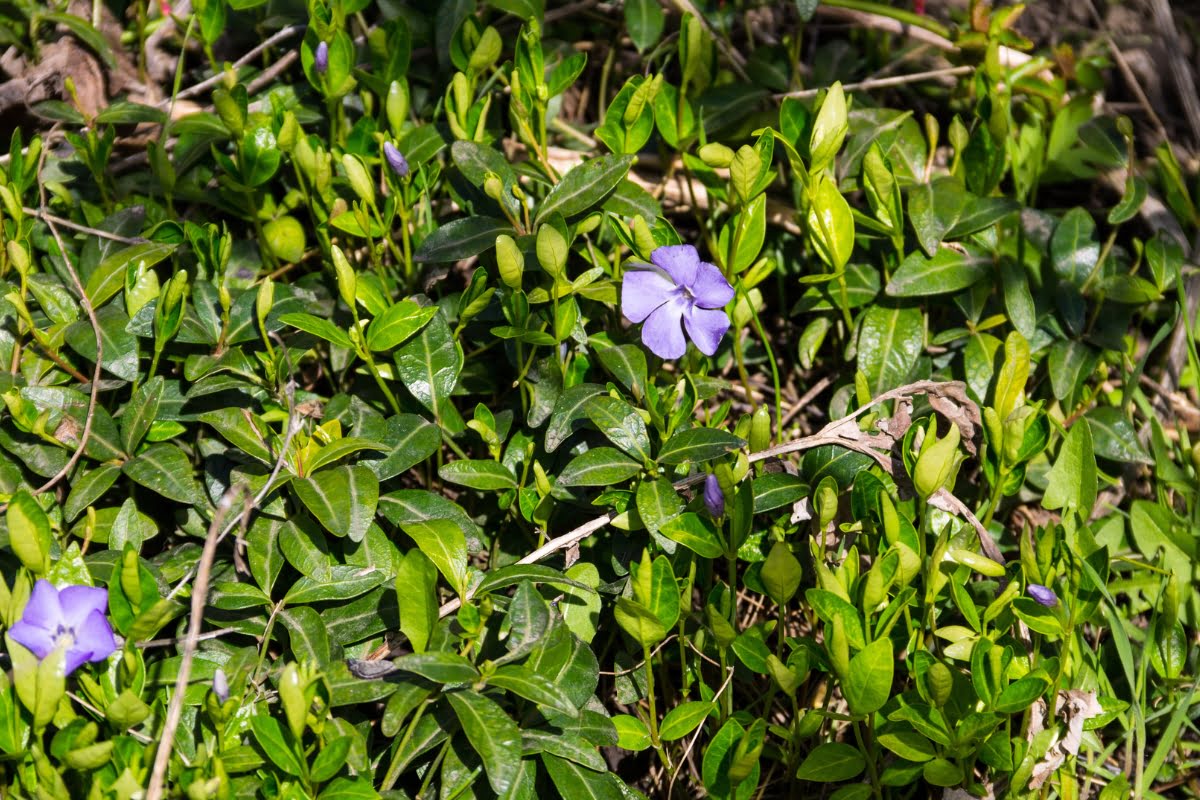

0 thoughts on “When To Transplant Ground Cover”